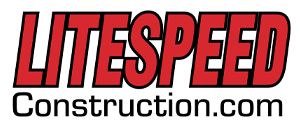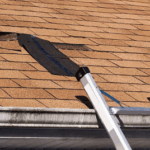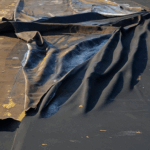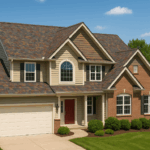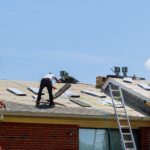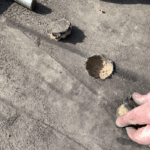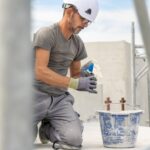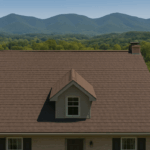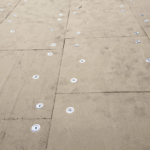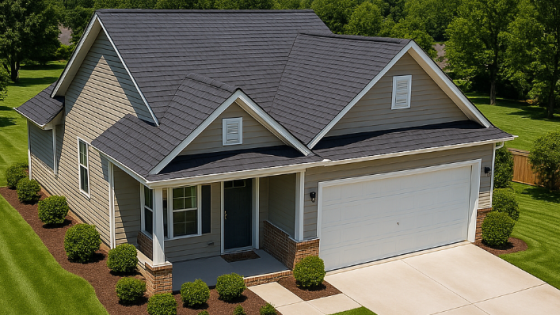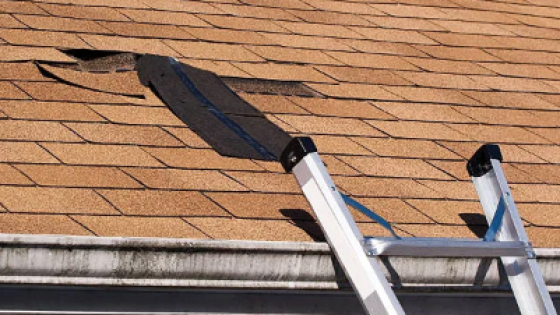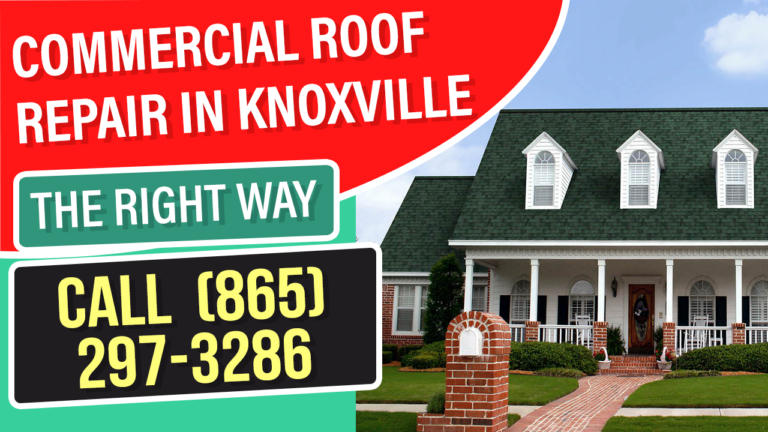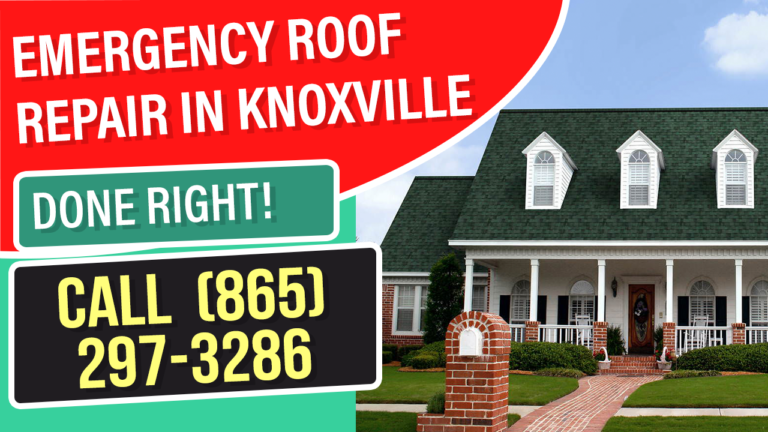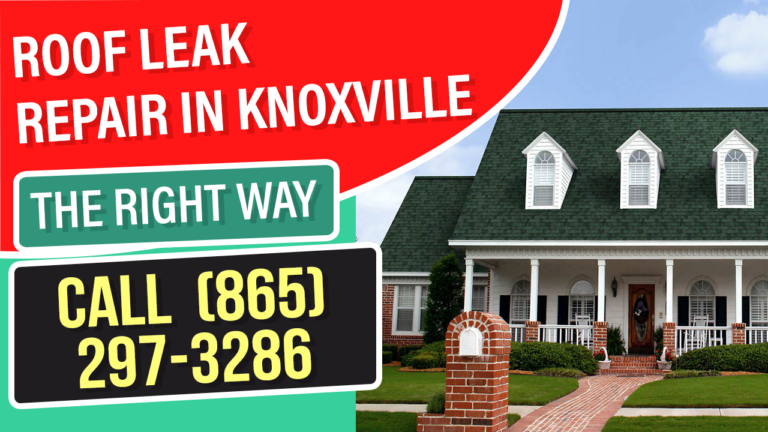Understanding what type of shingles you have on your roof is crucial not only for maintenance and repair but also for ensuring that your insurance claims are handled properly, especially when it comes to matching shingles after damage.
Here are some helpful tips to help you tell what roof shingles you have on your roof and clarify the obligations of insurance companies in replacing them.

Identifying Your Roof Shingles
Roof shingles come in various materials and designs, each with unique benefits and considerations. Here’s how to determine which type you have:
Visual Inspection:
Start by examining the texture and color of the shingles. Common types include:
- Asphalt Shingles: These are the most prevalent, known for their granular surface texture and are often available in a range of colors.
- Wood Shakes: Thicker than shingles, they have a rough texture and are typically made from cedar.
- Slate Shingles: These are heavy, durable, and have a stone-like appearance.
- Metal Roofing: Comes in panels or tiles, and has a distinct metallic sheen.
- Tile Shingles: Made from clay or concrete, they are typically curved and available in a variety of colors.
Physical Attributes: Touching the shingles can help determine their material. For instance, asphalt shingles feel sandy, whereas wood shakes have a rough, wooden feel.
Manufacturer’s Markings: Check for any manufacturer’s markings or stamping on the underside of the shingle; this can be seen from the attic or upon close inspection.
Documentation and Receipts: Review any documents from when your roof was installed. These may list the type, brand, and color of the shingles used.
Consult a Professional: If still uncertain, a professional roofer can easily identify the shingle type through an inspection.
Do Insurance Companies Have to Match Shingles?
Insurance policies typically cover roof damage, but the specifics can vary regarding whether they will match new shingles to existing ones. Here’s what you need to know:
Policy Details
Most homeowner’s insurance policies cover the “like kind and quality” for repairs, which means they aim to match the damaged shingles to the existing ones as closely as possible. However, exact matching is often not guaranteed.
Availability of Materials
If the original shingles are no longer available, the insurance company usually tries to find the closest match. When an exact match is not possible, the insurer may cover the cost of replacing an entire section or even the whole roof to ensure uniformity, depending on the policy terms.
Partial Loss
If only part of your roof is damaged, insurance companies generally replace the damaged section. Discrepancies in color or texture due to weathering or discontinued styles can lead to disputes about what constitutes an acceptable match.
State Regulations
Some states have specific regulations requiring insurance companies to replace undamaged sections of the roof if matching shingles cannot be found. Checking local laws or consulting with an insurance adjuster can provide guidance specific to your area.
Negotiation
Homeowners can negotiate with insurance companies about the extent of repairs, especially when matching is a concern. This may involve obtaining estimates from roofing contractors who can justify the need for broader replacements to maintain aesthetic and functional integrity.
Maximizing Your Claim Success
To ensure the best outcome when filing an insurance claim that involves shingle matching, consider the following tips:
Document Everything: Take photos of the damage and the overall roof.
Get Professional Opinions: Have a reputable roofing contractor provide a written statement on the necessity of matching the shingles.
Communicate Clearly with Your Insurer: Be clear about your expectations for a match and understand your policy limits.
Identifying Shingles and Understanding Home Insurance
Identifying your roof shingles and understanding how they are covered by insurance are key to maintaining your home’s value and appearance after damage. By taking the right steps, you can navigate insurance claims more effectively and ensure that your roof repairs meet your standards for quality and aesthetics.
For homeowners in areas with specific regulations on insurance matching, it’s advisable to stay informed and proactive in discussions with your insurer, ensuring that your home remains a safe and pleasing haven.
